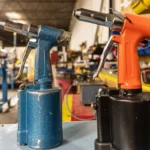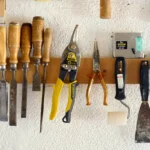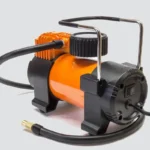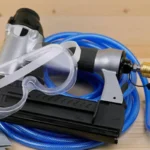Whether you’re a weekend warrior or a seasoned pro, understanding how to maintain your air tools is important for ensuring they run efficiently and last longer. Forget about frequent replacements; a little upkeep goes a long way in saving you money and keeping your workshop humming smoothly.
Understanding Your Air Tools
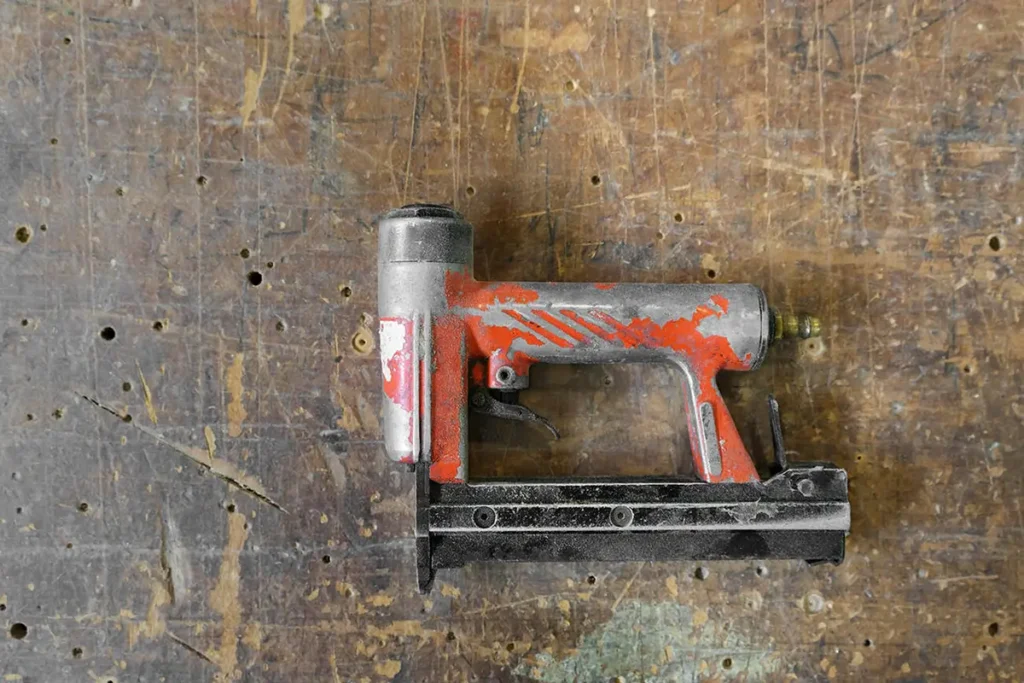
Air tools, from impact wrenches to sanders, are the unsung heroes of any workshop. These powerful devices use compressed air to deliver force that manual labor simply can’t match. But with great power comes great responsibility—the responsibility to maintain them. Let’s demystify the process and make sure you can keep your tools performing at their peak.
Daily Maintenance Practices
Imagine your air tools are like high-performance race cars. Just as a race car needs pit stops between laps, your tools need regular check-ups. Every day, take a moment to wipe them down and inspect them for signs of wear and tear. Clearing out the air vents and checking for any moisture accumulation will prevent a host of issues, from rust to unexpected breakdowns.
Clean and Inspect
Start by disconnecting your tool from its air source and wipe down the exterior with a clean cloth. Inspect the tool for any obvious damage such as cracks in the housing or worn triggers. These might seem like small issues, but they can lead to bigger problems if left unaddressed.
Remove Moisture
One of the archenemies of air tools is moisture. It creeps in and can freeze or corrode internal components. After each use, release any moisture from the air tank and hoses to protect the inner workings of your tools. A simple blast of air through the system at the end of the day can work wonders.
Proper Lubrication Techniques
Just like any high-octane friendship, the relationship with your air tools thrives on good lubrication! But it’s not just about applying grease; it’s about choosing the right type for the right tool.
Not all lubricants are created equal. For most air tools, a light machine oil will do the trick. Avoid heavy greases that can gum up the internal mechanisms and lead to sluggish performance.
Apply a few drops of oil to the air inlet before connecting it to the compressor, and run the tool briefly to distribute the oil inside. This simple step helps maintain smooth operation and prevents wear and tear on moving parts. Remember, over-lubrication can attract dirt and debris, so moderation is key.
Handling Compressed Air Supply
Managing your air supply is like keeping a good spice rack: everything should be fresh and dry to enhance performance. Ensuring your air is clean and devoid of moisture will significantly extend the lifespan of your air tools. Here’s how to achieve this:
Importance of Dry Air
Moisture is the nemesis of air tools. It can lead to rust and other internal damage. Using an air dryer or installing a good filtration system on your compressor can prevent moisture from ever reaching your tools.
Utilizing Filters
Air filters are the unsung heroes in the battle against impurities. They trap dust and particulate matter that could clog or damage your tools. Check these filters regularly and replace them as needed to keep the air supply pristine and tools functioning smoothly.
Storage Solutions for Air Tools
Think of your air tools as fine wine—they need the right storage conditions to age well. Proper storage not only prevents physical damage but also wards off rust and other environmental harms.
Store your tools in a clean, dry place away from the elements. If possible, use original cases or invest in appropriate shelving or cabinets to protect them from dust and damp conditions.
Extreme temperatures and high humidity are also detrimental to air tools. Maintaining a stable environment with moderate humidity can prevent internal condensation and the resulting rust or degradation.
Periodic Checks and Service
Setting a regular maintenance schedule is like having regular check-ups at the doctor—it prevents small issues from becoming big headaches. Here’s what you should focus on:
Create a checklist of items to inspect regularly, such as hoses, seals, and the general condition of the tool. This will help you catch issues before they lead to failures.
Parts like O-rings and gaskets can wear out with time and use. Replace these parts according to the manufacturer’s recommendations or as soon as wear is noticed to maintain optimal performance.
Troubleshooting Common Issues
Even the best-kept tools can run into problems. Knowing how to pinpoint and fix common issues can save you time and money.
If your tool is losing power, check for air leaks or clogged filters. Noisy operation might indicate loose parts or the need for more lubrication.
If basic troubleshooting doesn’t resolve the issue, it might be time to consult a professional. This is particularly true for complex internal mechanisms that require specialized knowledge.
Professional Maintenance and When to Seek Help
There are times when a professional touch is necessary to keep your tools in work-ready condition.
Professionals can deep clean, recalibrate, and replace parts with precision, which can be crucial for the longevity and efficiency of your tools.
If your tools frequently break down or perform poorly even after regular maintenance, it’s time to call in the experts. They can offer solutions that go beyond routine care.
Maintaining your air tools isn’t just about prolonging their life; it’s about ensuring they’re ready and reliable for every job. Regular maintenance, proper storage, and knowing when to seek professional help can save you from costly downtimes and repairs. Keep these tips in mind, and your air tools will serve you well for years to come.

Matthew Dowell
Matthew, a seasoned builder from a family of craftsmen, leads Tools Trove. His passion for tools and decades of hands-on experience fuel his commitment to providing expert reviews and insightful content. Whether you’re a pro or a DIY enthusiast, Matthew’s guidance ensures informed decisions in the world of tools.

